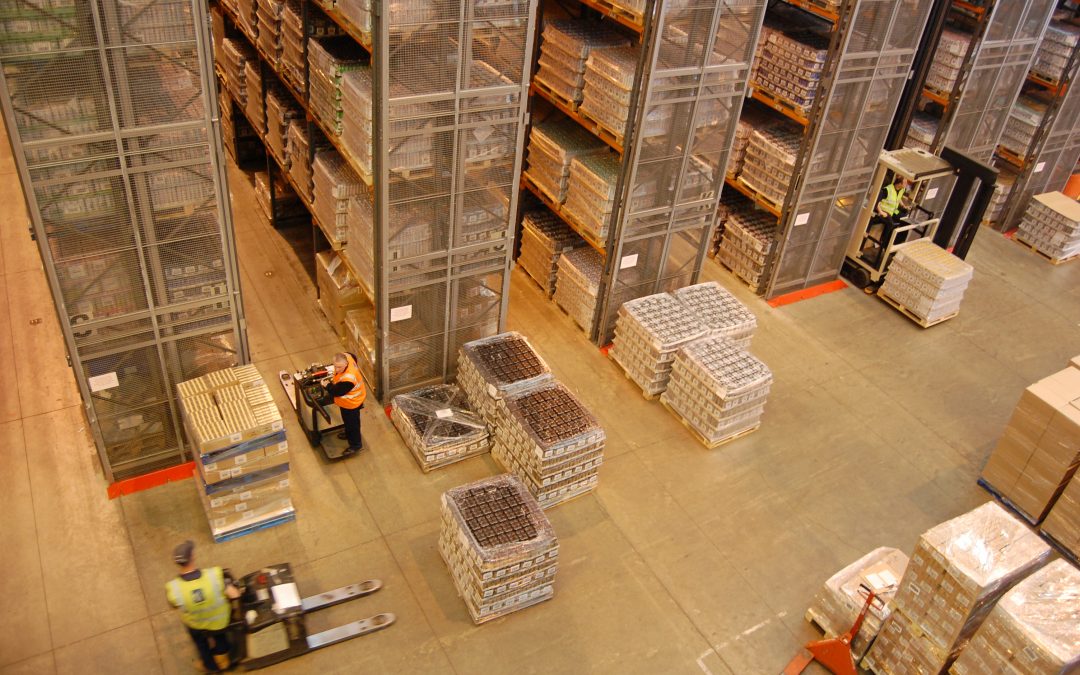Never before have businesses questioned so many operational practices than during recent months. The approach to safety on sites handling flammable material is one of them and it is causing businesses to question the design of their ATEX forklift trucks. For many, now is the time to consider if active gas detection is the best solution for keeping people safe in their Zone 2 areas.
So, what is Zone 2 and why does it matter?
Flammable material is commonly handled across the chemical, food, and drink, pharmaceutical, waste and cosmetics industries, plus many others. It is the activities within these operations that dictate the correct Zone, not the type of product handled.
For instance, we have spoken to many companies who mistakenly believe that everywhere is automatically designated as a Zone 1 hazardous area if an operation is storing handling or transporting gas or chemicals. Others believe that ATEX is a kind of rating, rather than a classification based on activities, and that Zone 1 protection is ‘the best’. This is simply not true.
On many manufacturing and logistics sites, flammable material is handled in sealed containers, or it is present in silos and pipework, which means that under the ATEX Directives, the majority of the site will be formally classified as Zone 2.
According to the ATEX definition, in Zone 2 hazardous areas, flammable atmospheres are not usually expected unless there is an unplanned spillage or release.
This means those businesses with Zone 2 areas identify that there is a risk, but it is not expected unless a forklift driver damages a load or there is some other unexpected release. For instance, where the seal on a container or drum has corroded over time. This is a really important consideration for site managers and health and safety professionals.
Why does it matter if the release is expected or not in Zone 2?
In Zone 2 it is important that drivers know when a potentially explosive atmosphere is present so that the cause of the flammable atmosphere can be investigated and rectified.
This is a fundamental part of ATEX and underpins the whole approach to ATEX lift truck conversions.
How does that affect the design of ATEX forklift trucks?
There are two main design principles of an ATEX forklift truck for Zone 2 hazardous areas: passive or active.
The “passive” approach to explosion protection features Ex d protection methods and is similar to the build for a Zone 1 operation. This type of conversion requires significant truck modifications which can be big and heavy, affecting usability, visibility, and driver comfort. It is also more expensive throughout the working life of the equipment.
With this method, the truck will not detect a gas and will continue to operate whether there is an explosive atmosphere or not. In fact, the operator will have no idea if there is an explosive atmosphere around them. It is important to note that this approach is correct in Zone 1 where the flammable gas or vapour is expected in the atmosphere, and the truck should keep working through. But is this approach right for Zone 2?
The other design method integrates gas detection into the heart of the protection system. “Active” gas detection ensures that drivers know there is a problem and can act upon it accordingly. All relevant components on the truck are also protected with various explosion protection methods, but the design is very different to the approach for Zone 1.
How does the design affect the end user?
Using a truck designed for Zone 1 areas with passive protection could be more dangerous for drivers, the operation, and the stability of the supply chain as they are unaware of a problem. Drivers could continue to work without raising an alarm and investigating a problem, which could then lead to a much more dangerous chain of events.
Remember, the explosive atmosphere is not usually expected in Zone 2.
In contrast, active gas detection systems on lift trucks can play a vital role in significantly improving onsite safety.
Pyroban can help
Pyroban has been at the forefront of explosion protection solutions for materials handling equipment for more than 50 years, developing solutions to protect people, equipment, sites, and a brands’ reputation. Helping customers to select the right type of protection is key.
For advice on how active protection for your equipment operating in potentially explosive atmospheres could help, please contact our team of experts today.

